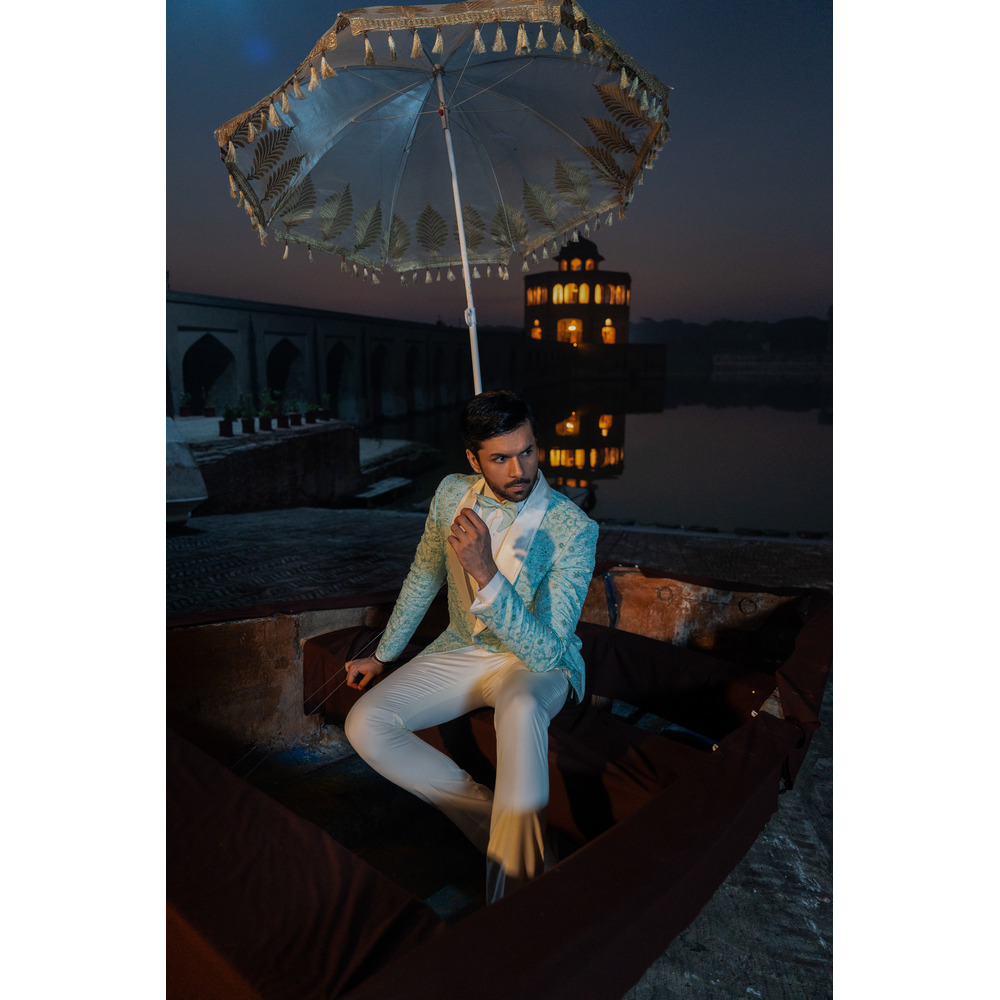Gents Suit Design: A Timeless Symbol of Elegance
Introduction
The suit is an iconic garment that has transcended centuries as a symbol of sophistication, professionalism, and style. Its evolution from early European court attire to the modern-day wardrobe staple reflects the changing tastes and needs of society. Gents suit design continues to evolve, incorporating contemporary trends while maintaining its classic appeal.
This article explores the history of men’s suits, the various styles and designs, and their significance in fashion and culture.
The Origins of the Suit
The modern suit traces its roots to 17th-century Europe, particularly the courts of King Louis XIV of France and King Charles II of England. During this era, courtly attire consisted of elaborate and heavily decorated garments.
1. The Birth of Simplification
– In 1666, King Charles II introduced a more standardized and simplified dress code for men, which included a long coat, a vest, breeches, and stockings. This ensemble is considered a precursor to the modern suit.
– The idea was to present a unified appearance, signaling power and dignity, while gradually moving away from ornate and impractical styles.
2. The Regency and Victorian Influence
– The Regency era (early 19th century) marked the emergence of tailored coats and breeches, with a stronger emphasis on fit and structure.
– In the Victorian era (1837–1901), the frock coat became a popular choice for formal occasions, while the morning coat served as a versatile option for daywear. These developments laid the groundwork for the modern lounge suit.
The Modern Suit Emerges
The late 19th and early 20th centuries saw the rise of the three-piece suit, consisting of a jacket, trousers, and a waistcoat. This design became a staple for gentlemen, combining elegance with practicality.
1. The 1920s and 1930s
– The interwar period brought new influences to suit design, with looser cuts, double-breasted jackets, and pinstripe patterns gaining popularity.
– Art Deco styles inspired bold designs, and suits became a medium for expressing individuality.
2. Post-War Innovations
– The 1950s and 1960s introduced slimmer, more fitted suits, influenced by Hollywood icons like Cary Grant and Sean Connery.
– This era also saw the rise of synthetic fabrics, making suits more affordable and accessible to the masses.
ATTENTION:Gents suit design, while deeply rooted in tradition, continues to evolve with modern trends and innovations in tailoring, fabrics, and aesthetics.
Key Features of Gents Suit Design
Modern suit designs focus on precision tailoring and attention to detail.
1. Jacket Styles
– Single-Breasted Jackets: The most common style, featuring a row of buttons and a clean, versatile look.
– Double-Breasted Jackets: Known for their overlapping front panels and two rows of buttons, offering a more formal and structured appearance.
2. Lapels
– Notch Lapel: A classic choice for business suits, characterized by a triangular cut where the lapel meets the collar.
– Peak Lapel: Associated with formal wear, featuring an upward-pointing lapel edge.
– Shawl Lapel: Found in tuxedos, this style is smooth and rounded, exuding elegance.
3. Trousers
– Flat-front trousers offer a modern and streamlined look, while pleated designs provide extra comfort and flexibility.
– Cuffed hems add a touch of formality to trousers, commonly seen in tailored suits.
4. Fabrics
– Wool is the most popular choice for suits due to its durability, versatility, and elegance.
– Linen, cotton, and blends are preferred for summer suits, offering lightweight comfort.
Cultural and Functional Significance of Suits
The suit has served various roles throughout its history, from a symbol of authority to a statement of personal style.
1. Professional Attire
– The suit is synonymous with professionalism, often worn in corporate environments to convey competence and authority.
– Tailored suits are considered essential for job interviews, business meetings, and formal events.
2. Fashion and Individuality
– Contemporary suit designs allow for personalization, with bespoke tailoring and customizations catering to individual preferences.
– Bold patterns, unconventional colors, and creative styling options have redefined the suit as a canvas for self-expression.
3. Cultural Identity
– In many cultures, suits are a staple in wedding ceremonies, celebrations, and public appearances.
– The design and details often incorporate local traditions and aesthetics.
Trends in Modern Suit Design
The 21st century has introduced several innovations in gents suit design:
1. Slim-Fit Suits
– Slim-fit designs offer a contemporary and youthful look, emphasizing sharp lines and close tailoring.
2. Casual Suiting
– Blending formality with comfort, casual suiting incorporates unstructured jackets and breathable fabrics.
– Pairing suits with sneakers or T-shirts has become a popular trend.
3. Sustainability
– Eco-friendly materials and ethical production methods are gaining traction in the suit industry, catering to environmentally conscious consumers.
The Importance of Tailoring
A well-tailored suit is the epitome of refinement. Tailoring ensures a perfect fit, enhancing the wearer’s confidence and appearance. Key aspects of tailoring include:
1. Adjusting shoulder seams, sleeve lengths, and jacket waistlines for a sleek silhouette.
2. Ensuring trousers are the correct length and taper for a polished finish.
3. Customizing lapel styles, button placements, and fabric choices for unique preferences.
Conclusion
The gents suit is more than just clothing; it is a timeless symbol of elegance, sophistication, and cultural significance. From its aristocratic origins to its modern adaptations, the suit has evolved to meet the needs of changing societies while maintaining its classic charm.
Whether for professional settings, special occasions, or everyday wear, the suit continues to embody the essence of refined style, making it an indispensable part of a gentleman’s wardrobe.



